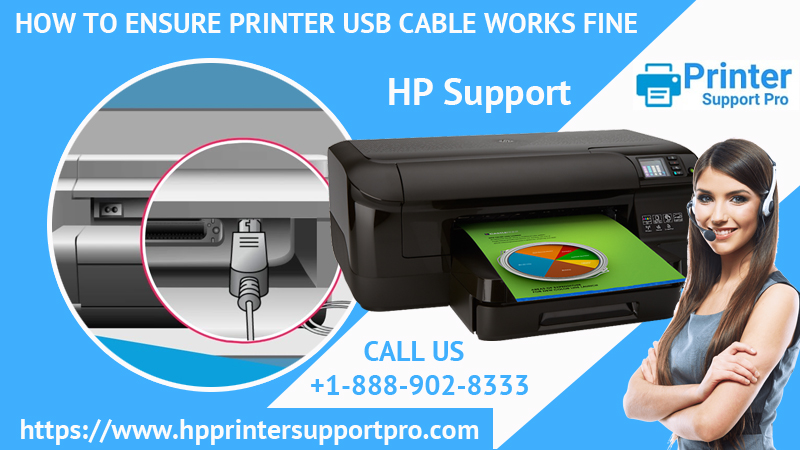In today's digital world, USB cables have become an essential tool for many people, whether for transferring data, charging devices, or connecting peripherals. However, not all USB cables are created equal, and choosing the wrong one can lead to poor performance, compatibility issues, or even damage to your device. In this blog, we will discuss the key factors to consider when buying a USB cable and provide some tips on how to make an informed choice.

Compatibility
The first thing to check when buying a USB cable is its compatibility with your device. As USB technology has evolved over the years, different versions have been introduced, each with different data transfer rates, power capabilities, and connector types. The most common USB connectors are Type-A, Type-B, Mini-B, and Micro-B, but newer devices may use Type-C, Lightning, or other proprietary connectors. Make sure to check your device's manual or specifications to determine which type of USB cable you need.
Data Transfer Speed
Another important factor to consider is the data transfer speed of the USB cable, which determines how fast you can transfer files, music, videos, and other data between devices. USB 2.0 has a maximum data transfer rate of 480 Mbps, while USB 3.0 can achieve up to 5 Gbps. USB 3.1 is even faster, with speeds up to 10 Gbps. If you have a device that supports faster data transfer speeds, such as a high-end camera or external hard drive, it's worth investing in a USB 3.0 or 3.1 cable to maximize its performance.
Power Output
USB cables can also vary in their power output, which affects how fast your device can charge or power up. USB 2.0 can deliver up to 500 mA of current, while USB 3.0 can provide up to 900 mA. However, some devices may require more power to charge, especially tablets or laptops, which may need a USB cable with a power output of 2A or higher. Make sure to check your device's charging requirements and look for a USB cable that can deliver the necessary power.
Build Quality
Finally, the build quality of the USB cable is also an important consideration, as it can affect the durability, reliability, and safety of the cable. Cheaper USB cables may use lower-quality materials, such as thin wires, flimsy connectors, or poorly insulated jackets, which can break, fray, or short circuit over time. Look for USB cables that use high-quality copper wires, sturdy connectors, and durable jackets that can withstand repeated bending, twisting, or pulling.
Conclusion
In conclusion, choosing the right USB cable is more than just picking the cheapest or the most colorful option. By considering factors such as compatibility, data transfer speed, power output, and build quality, you can ensure that your USB cable meets your device's needs, maximizes its performance, and lasts longer without causing any damage or inconvenience. If you're still unsure which USB cable to buy, do some research, read reviews, or ask for recommendations from tech-savvy friends or support forums. With the right USB cable, you can enjoy faster, safer, and more convenient data transfer and charging, one cable at a time.